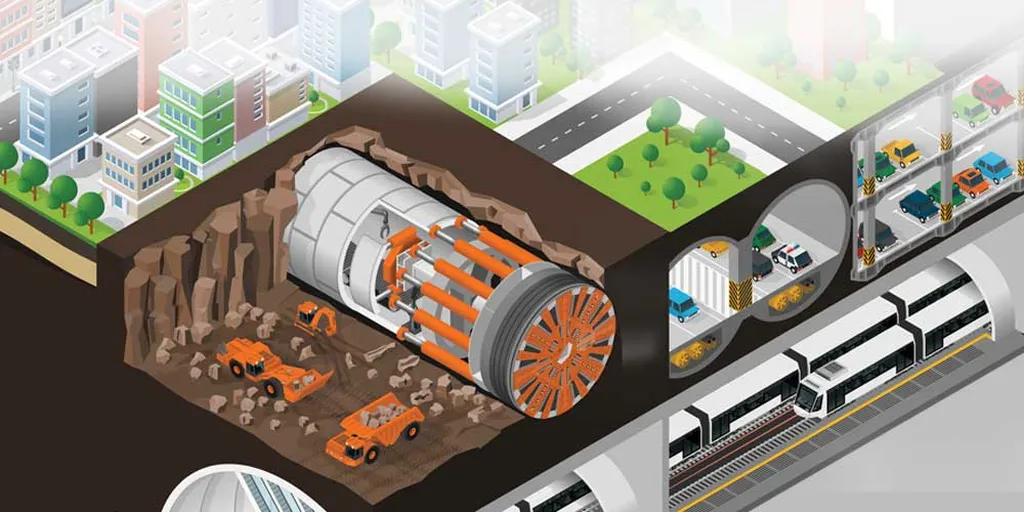In the heart of bustling cities, where space is at a premium, the underground has become the new frontier for urban development. Subway systems are expanding rapidly, and with them, the need for efficient and safe tunneling technologies. A recent study published in the journal *Advances in Civil Engineering* (translated from Chinese as *Advances in Civil Engineering*) sheds new light on the challenges and mechanisms of earth pressure balanced (EPB) shield tunneling through nonuniform soils, offering insights that could significantly impact the construction and energy sectors.
Led by Yongjuan Zhang from the College of Water Conservancy and Civil Engineering, the research team employed a sophisticated three-dimensional random discrete element method (RDEM) to investigate the intricate behaviors of soil during tunneling. “The spatial heterogeneity of soil properties is often overlooked, but our findings suggest that ignoring this factor can lead to underestimations of tunnel face instability and ground deformation risks,” Zhang explained.
The study involved a series of numerical triaxial tests with flexible boundaries to establish crucial relationships between macro and microscopic parameters. The researchers then built and validated a shield tunnel model with spatially heterogeneous strata and an EPB shield machine. Through 16 sets of simulations, including one with homogeneous soil and 15 with heterogeneous soils, the team observed the dynamic interactions between the tunneling machine and the varying soil conditions.
One of the most compelling findings was the realization that the spatial variability of soil properties plays a pivotal role in the stability of tunnel faces and the extent of ground deformation. “Our simulations showed that the excavation disturbance caused by the moving and rotating cutterhead significantly influences the overall stability of the tunnel,” Zhang noted. This insight could revolutionize the way engineers approach tunneling projects, particularly in urban areas where the soil composition is often complex and varied.
The commercial implications for the energy sector are substantial. As cities continue to expand their subway systems, the demand for efficient and safe tunneling technologies will grow. The findings from this study could lead to the development of more advanced EPB shield machines that are better equipped to handle nonuniform soil conditions. This, in turn, could reduce the risk of costly delays and potential hazards associated with tunnel face instability and ground deformation.
Moreover, the research highlights the importance of considering spatial heterogeneity in soil properties during the planning and execution of tunneling projects. By doing so, engineers can better predict and mitigate potential risks, ensuring the safety and efficiency of subway construction. “This study is a significant step forward in our understanding of the mechanisms involved in EPB shield tunneling,” Zhang concluded. “It provides a foundation for future research and development in this critical area.”
As urbanization continues to drive the demand for underground infrastructure, the insights gained from this research could shape the future of tunneling technologies. By embracing the complexities of nonuniform soils, the construction and energy sectors can pave the way for safer, more efficient, and cost-effective tunneling solutions.

